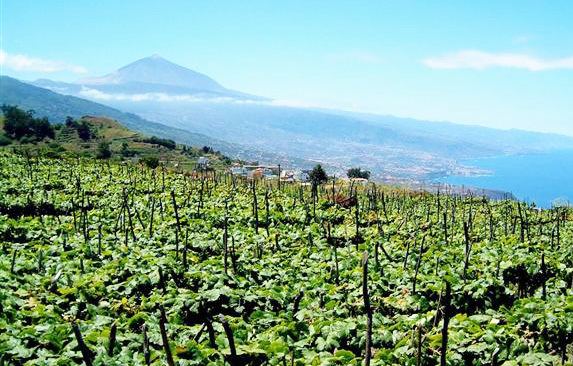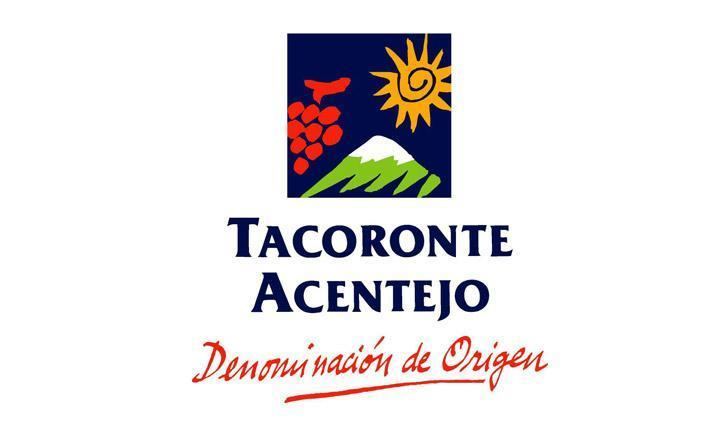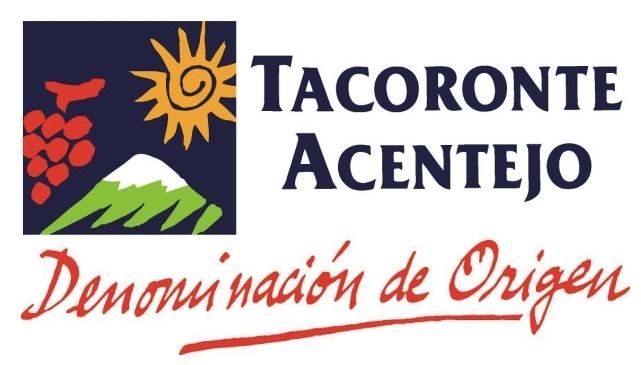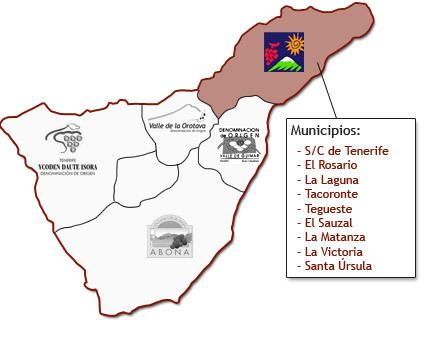 | ||
Spot tacoronte acentejo 2014 hd
Tacoronte-Acentejo is a Spanish Denominación de Origen (DO) for wines located in the Anaga Peninsula on the northeastern coast of the island of Tenerife, (Canary Islands, Spain). It was the first region in the Canary Islands to acquire DO status, in 1992. It covers the municipalities of Santa Cruz de Tenerife, San Cristóbal de La Laguna, El Rosario, Tegueste, Tacoronte, El Sauzal, La Matanza de Acentejo, La Victoria de Acentejo and Santa Úrsula.
Contents
- Spot tacoronte acentejo 2014 hd
- Denominaci n de origen tacoronte acentejo es un placer flv
- Geography
- Soils
- Climate
- Grapes
- References

Covering 2,400 ha, it is the largest DO in Tenerife and represents 40% of the total cultivated land area and 20% of the vineyards of the island.

There are 2,250 grape-growers and 50 wineries registered with the DO.
Denominaci n de origen tacoronte acentejo es un placer flv
Geography

The vineyards are located at elevations of between 100m and 1,000 m above sea level. They are planted on terraces on very steep hillsides facing north and looking over the sea.
Soils

The vines are planted in very fertile soil which is reddish in colour. The soil is poor in carbonates but rich in organic matter and minerals, especially nitrogen, potassium and phosphorus. The subsoil is volcanic in origin.
Climate

The Atlantic Ocean provides a humid climate with mild temperatures and frequent mists. It is basically a Mediterranean climate influenced by the orientation of the island and the steel slopes, which gives rise to a great variety of microclimates. The prevailing trade winds are mild and humid.
Frost is unknown on the island, but hail, strong winds and occasional heatwaves represent risks for grape-growers.
Grapes
The preferred authorized varieties are as follows:
Also authorized:

Traditionally the vines were planted as low bushes (en vaso) though newly planted vineyards tend to be on trellises (en espaldera). The maximum authorized planting density is 3,000 vines/ha. In practice the yield is significantly lower than the authorized maximum.
